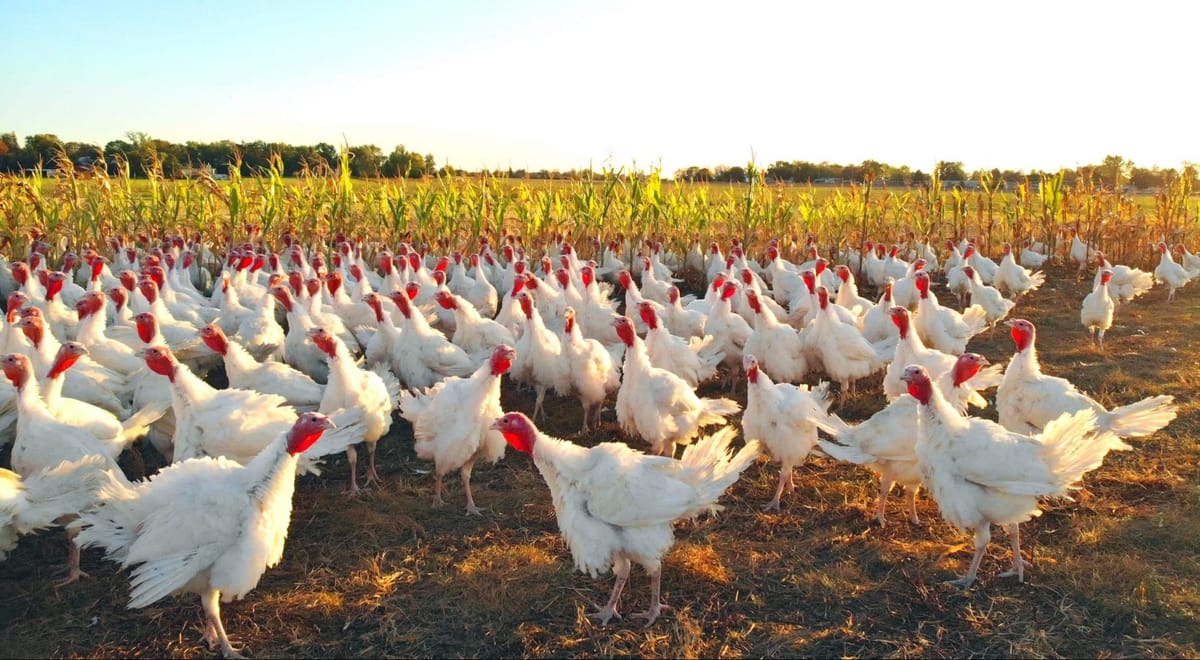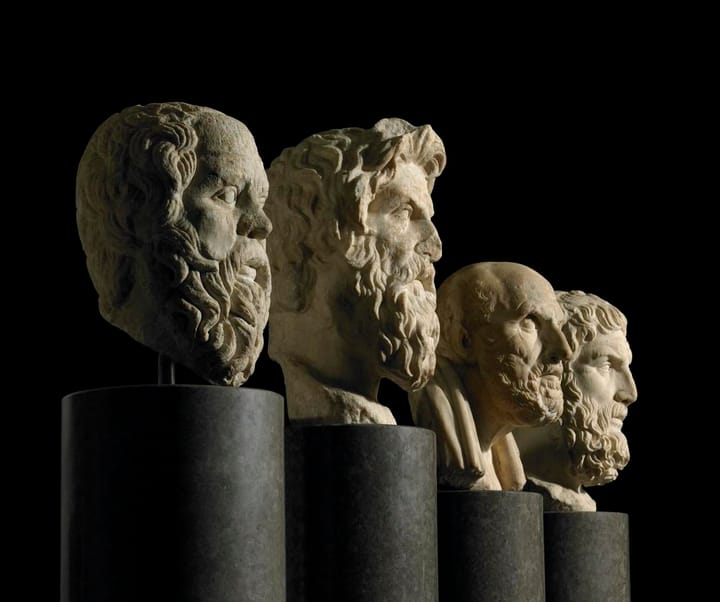Thanksgiving Turkeys
Carve the turkey in the kitchen. Norman Rockwell may have depicted carving at the table, but that’s only a painting. The process is too messy to undertake at the dining table.

It’s time to order your local Thanksgiving turkey from Bowman & Landes turkey farm. MOON Co-op is taking orders through Friday Nov. 14 for pickup beginning after noon on Monday, Nov. 24. Oxford Kroger has had some Bowman & Landes turkeys in the past, but so far this year I see three other brands there.
David Bowman purchased the farm in Miami County in 1915, and his son Orville (guess which famous Dayton resident he was named after) started raising turkeys in 1938. Dennis Landes was hired to work on the farm in 1943 and became a partner with Orville a year later. Orville moved to California in 1948 and sold his share of the farm to his brother Kenneth. The second, third and fourth generations of the Bowman and Landes families are now involved in running the farm.
Bowman & Landes’ farm buildings and operations are powered by three solar arrays that provide 350,000 kWh of power (the average home uses around 10,000 kWh annually). Baby turkeys, known as poults, are born in a climate-controlled barn.
The mature turkeys live out in the fields, with food, water and shelter provided. They are fed organic corn, soybeans and wheat grown on the farm in no-till fields fertilized by turkey manure. When “the time” comes for the turkeys, to minimize their stress, they walk individually into the “harvesting” plant under the watchful eye of a U.S. Department of Agriculture inspector.
Raising turkeys free-range poses a major challenge to keep out predators, such as coyotes and foxes. Bowman & Landes maintain heavy-duty fencing, and dogs and donkeys roam the fields to hopefully scare away predators. A major attack by a predator wipes out the company’s profit for the year.
Bowman & Landes recommends cooking a whole turkey at 450 degrees for the first 45 minutes, then reducing the temperature to 325 degrees, for a total of around 20 minutes per pound. If you use a meat thermometer, the turkey is ready when it reaches 170 degrees. Place an apple in the cavity to enhance the turkey’s sweetness. Cook stuffing separately so it can be served crisp.
The actual cooking of a turkey is easy. It’s the timing that needs a plan. Work backwards from when you want to serve the turkey. It should come out of the oven around 90 minutes before serving. The cooked turkey needs to collect on the kitchen counter for around one hour before carving, because the meat shreds if carving is attempted fresh from the oven.
Carve the turkey in the kitchen. Norman Rockwell may have depicted carving at the table, but that’s only a painting. The process is too messy to undertake at the dining table. First remove the two wings and two drumsticks. Next, cut the turkey in half along the backbone. Each half easily separates into large thigh and breast pieces. Decent-looking slices can be sliced according to diners’ preferences for white or dark meat. Instacart reports that 44% prefer white meat, 20% prefer dark meat and the rest don’t care.
I recommend saving the bones to consume at subsequent meals. My father was a champion turkey bone eater, as was his sister (my aunt). They could turn the drumstick of a 20-pound turkey into a toothpick. I’m not that accomplished, but the younger generations don’t want to see me devour a turkey bone at the Thanksgiving dinner table. If you don’t consume the bones, by all means share them with me.
James Rubenstein is president of the Board of Directors for the Oxford Free Press and professor emeritus of geography at Miami University.




